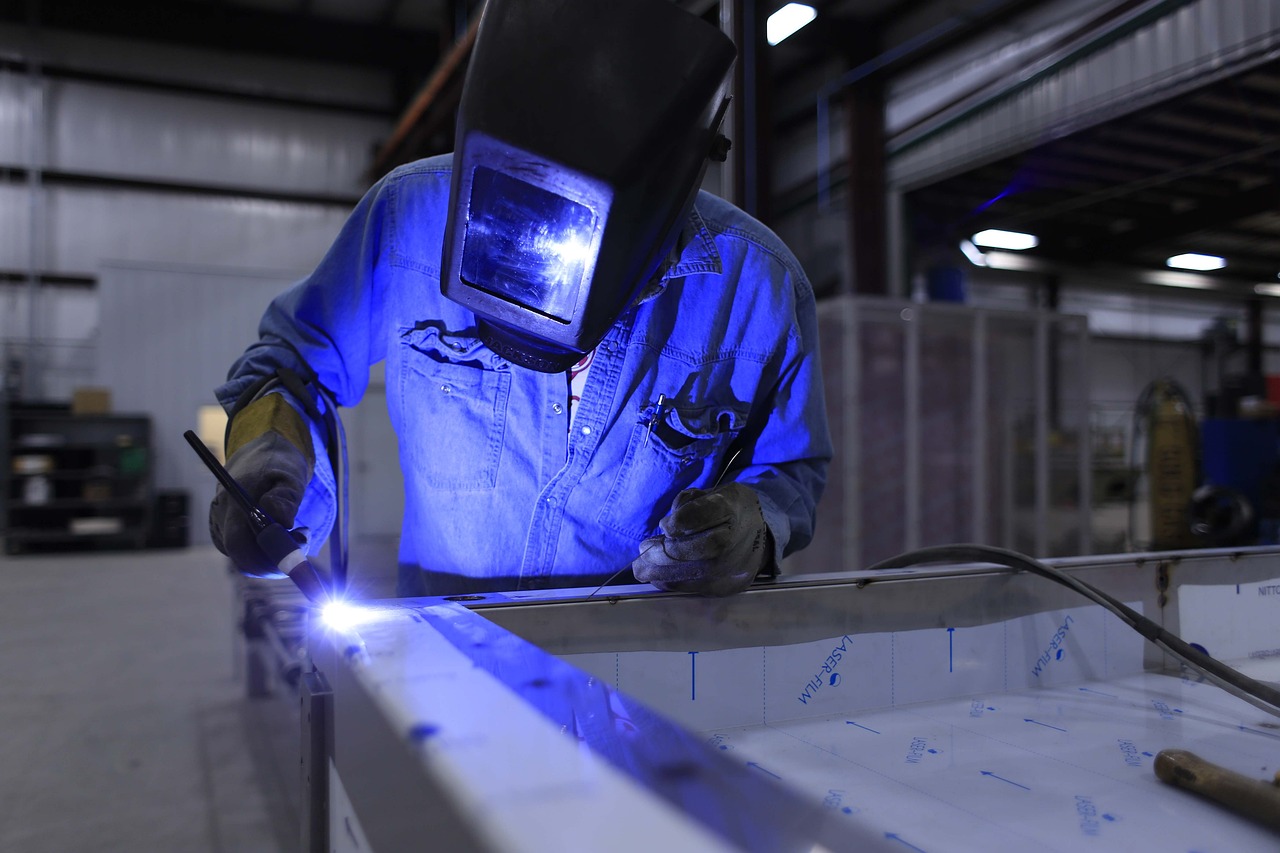China has become a global leader in manufacturing technological advances, and it’s no surprise that the nation’s manufacturing industry is playing an integral role. Chinese manufacturers are now at the forefront of driving innovation while achieving greater production efficiency.
Since China joined the World Trade Organization, its economy has made tremendous progress toward becoming more integrated into global markets, resulting in increased competition for Chinese companies and pushing them to develop new approaches to production. These efforts have primarily focused on improving efficiency and finding innovative ways to reduce costs and increase output, two critical components of modern manufacturing processes.
Chinese manufacturers improve their efficiency by utilizing automation and robotics technology. Automated assembly lines are now standard in Chinese factories, and manufacturers are leveraging these systems to streamline their production processes and boost output. By integrating robotics into their operations, Chinese companies can reduce labor costs while meeting product demand.
In addition to automation, many Chinese companies invest heavily in 3D printing technologies. It allows firms to take a design or prototype from concept to finished product much faster than traditional manufacturing methods. It eliminates the need for expensive tooling upfront. It makes it easier for small businesses to produce complex products without significant up-front capital investments.
Chinese manufacturers have also embraced big data and analytics technologies to gain insights into customer behavior and preferences. Companies can leverage this information to develop and target products, predict customer demands, and improve production processes. Big data also enables companies to effectively identify areas of waste or inefficiency in manufacturing.
Chinese firms also invest heavily in artificial intelligence (AI). Businesses can automate mundane tasks such as billing and invoicing using AI-enabled systems and software, freeing employees to focus on more critical activities. AI also allows manufacturers to optimize their supply chains by predicting customer demand and adjusting production schedules accordingly.
By embracing these cutting-edge technologies, Chinese factories can boost efficiency while developing innovative new products. It has allowed them to remain competitive in global markets and become leaders in technological advances. As the country continues to invest in innovative technologies, Chinese manufacturers will likely remain at the forefront of modern manufacturing and innovation.

The Advantages of Using Component Control Methods
Component Control Methods (CCM) are control systems that allow efficient and accurate tracking of components throughout production. Chinese manufacturers widely use this control system to increase efficiency and reduce costs. By using CCM, manufacturers can identify potential issues quickly. This method allows them to make necessary changes before they become costly problems.
One significant advantage of CCM is its ability to help improve traceability across the entire supply chain. The system can track components from initial design through production and delivery. It helps ensure that components are sourced from reliable suppliers and that finished products meet customer specifications. It also eliminates guesswork related to inventory management, reducing wasted resources and increasing cost savings for manufacturers.
In addition to improving traceability, CCM allows manufacturers to monitor production progress in real-time. By utilizing this system, companies can quickly identify bottlenecks or areas of inefficiency which need to be addressed. They can also quickly detect product defects or inconsistencies before reaching the end consumers, ensuring that products remain high-quality while minimizing costly delays due to errors or maintenance issues.
The use of Component Control Methods also offers greater flexibility for manufacturers when it comes to managing their supply chains. The system provides up-to-date information on component availability and pricing, enabling companies to adjust their production schedules accordingly to take advantage of any cost savings opportunities available in the market. Additionally, with real-time data, managers can more effectively plan future moves without waiting for lengthy audit processes or manual updates from suppliers or customers.
Component Control Methods provide numerous advantages for Chinese manufacturing firms looking to improve efficiency and reduce costs without compromising product quality or customer satisfaction. As these technologies become more sophisticated, more manufacturers will likely continue embracing them as a crucial part of their operations.
Also Read: Who Owns Charter Communications? The Sustainability of the Industry
Finding the best Chinese manufacturer for your products
As Chinese manufacturing continues to expand and evolve, it can be difficult for buyers to navigate complicated supply chains, and sourcing a manufacturer is essential to ensure that goods are produced efficiently and delivered on time.
When searching for a manufacturer in China, buyers should consider several factors. Researching a company’s history and experience with producing similar products and their track record for customer service and quality control is vital. Buyers should also inquire about pricing and payment terms, delivery times, production capacity, certifications or licenses held by the factory, any sustainability initiatives being taken, and more.
It is also recommended that buyers visit potential factories in person when possible. It allows them to get an up-close view of the factory’s operations, which can provide valuable insight. In addition to seeing how the facility is run and assessing any environmental practices being implemented, buyers can also meet with workers to better understand their working conditions and expectations from the production process.
Also Read: Tips for Creating a Successful Digital Portfolio
The final word
Innovation and efficiency are essential elements of success for any modern manufacturer, especially for those operating in the highly competitive Chinese market. By embracing cutting-edge technologies such as artificial intelligence and component control systems, manufacturers can boost efficiency while continuing to develop innovative products. It allows them to remain at the forefront of technological advances and competitive in global markets. As Chinese manufacturers continue to invest heavily in new technologies, they will continue to drive growth and development within the manufacturing industry.